

National Directors of Guinea Conakry

Kadiatou Nassou MAGASSOUBA
National Director
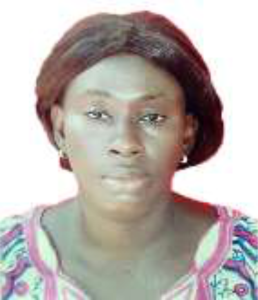
KADIATOU SOUMAH
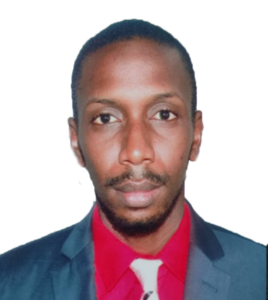
Abdourahamane Diallo
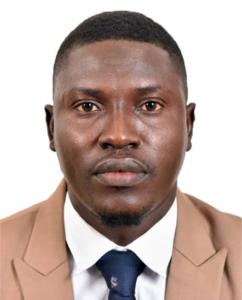
Aboubacar DIAOUNE
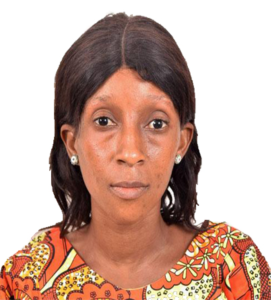
Magassouba Aissatou
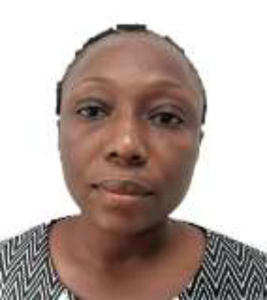
Halimatoua CAMARA
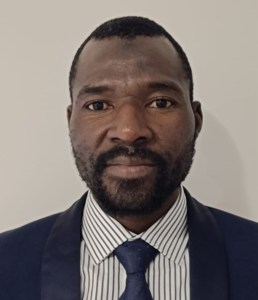
KABA IBRAHIMA SAYON
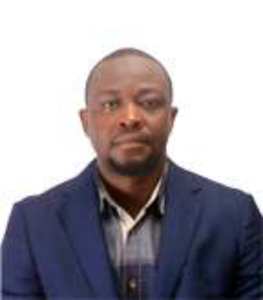
Camara Abdourahamane
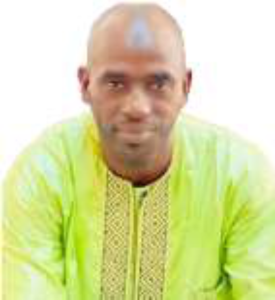
Karamoko CAMARA
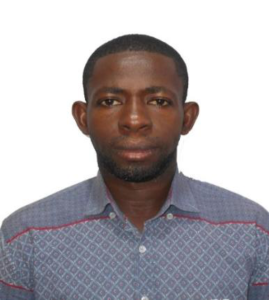
FACELY MILLIMONO

Keita fatoumata Sayon keita
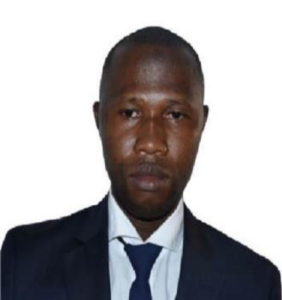
DIALLO MAMADOU II

MAMADY KEIRA

Ousmane Camara

Facély 2 CONDE
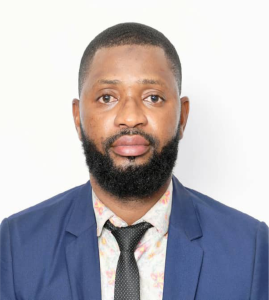
MAMADY KEIRA
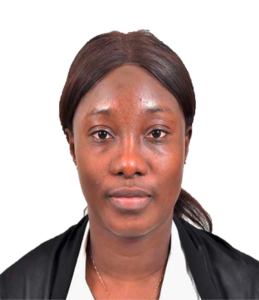
Mariame Camara

Magassouba Mohamed Mandy

OULARE MOHAMED

MAGASSOUBA NANAMAN

Maimouna DIOUBATE

Dore Marie Rose
About Guinea
A West African country, Guinea was formerly known as French Guinea and is sometimes called Guinea Conakry to separate it from its neighbor, Guinea Bissau. Conakry is the largest city, seat of government, and capital.

Guinea’s area is 246,000 sq. km and the country forms a crescent with a curve from its western border to the Atlantic. Mali, Senegal, and Guinea-Bissau share the northern border and Liberia, Sierra Leone, and Côte d’Ivoire are to the south. The Niger River flows east and arises in Guinea.
The 10,000,000 people in Guinea are part of 24 ethnic groups. The main groups are the Fula, Mandinka, and Susu.
History
The modern state of Guinea did not come into existence until 1958, but the history of Guinea stretches back well before European colonization.

After the fall of the major West African empires, various kingdoms existed in what is now Guinea:
Futa Jallon
Fulani Muslims migrated to Fouta Jallon in Central Guinea and established an Islamic state from 1735 to 1898 with a written constitution and alternate rulers. Fouta Djallon is a highland region in the center of Guinea. The indigenous name in the Pular language is Fuuta-Jaloo. The origin of the name is from the Pular word for the region plus the name of the original inhabitants, the Yalunka or Jalonke.

Wassoulou Empire
The Wassoulou empire sometimes referred to as the Mandinka Empire was a short-lived (1878–1898) empire, led by Samory Touré in the predominantly Malinké area of what is now upper Guinea and southwestern Mali (Wassoulou). It moved to Ivory Coast before being conquered by the French.
From 1880 until his death, Samori’s ambition was opposed by the expansion of the French. He entered into combat with the colonial army, defeating them on several occasions, including a notable victory on 2 April 1882, at Woyowayanko in the face of French heavy artillery.
On 29 September 1898, he was captured by the French Commandant Goudraud and exiled to Gabon, marking the end of the Wassoulou Empire.
Governments Since Independence
On October 2, 1958, Guinea earned its independence. The country’s rulers have been autocratic and Guinea is one of the world’s poorest countries.
Ahmed Sekou Toure was the president when the country gained independence. He ruled by using violent repression until he died on March 26, 1984. Lansana Conte became president after a short coup. He also ruled as a despot until he died in 2008. Guinea’s economic situation did not improve despite large aluminum resources.
Moussa Dadis Camara took control on December 23, 2008 as the leader of a junta. The junta ordered protesters attacked on September 28, 2009. Its soldiers have been accused of mutilation, rape, and murder in these attacks.
Camara was shot by an aide during a dispute on December 3, 2009. When Camara went to Morocco for medical treatment, his vice-president, Sekouba Konate, returned from Lebanon to run the country.
On January 12, 2010, Camara went to Burkina Faso and issued a statement pledging a return to civilian rule within six months. The agreement stated Camara would continue his medical recovery outside Guinea and the military would not intervene in the elections. The junta appointed Jean-Marie Dore as Prime Minister of the transition government on January 21, 2010.
In June and July 2010, the elections occurred and were the first free and fair votes since independence. After the first rounds, Cellou Dalein Diallo and Alpha Conde were the winners and set to move into the second round. These elections were postponed due to allegations of fraud.

